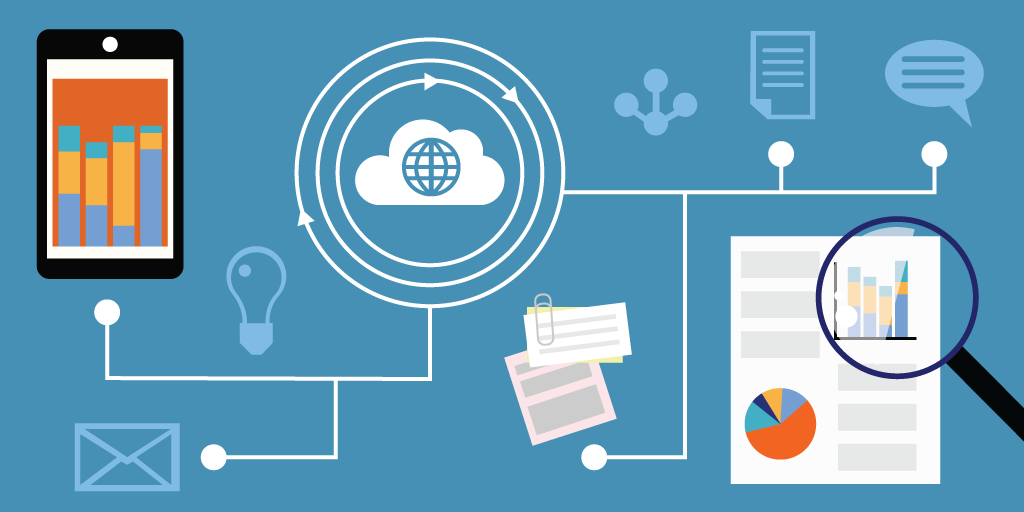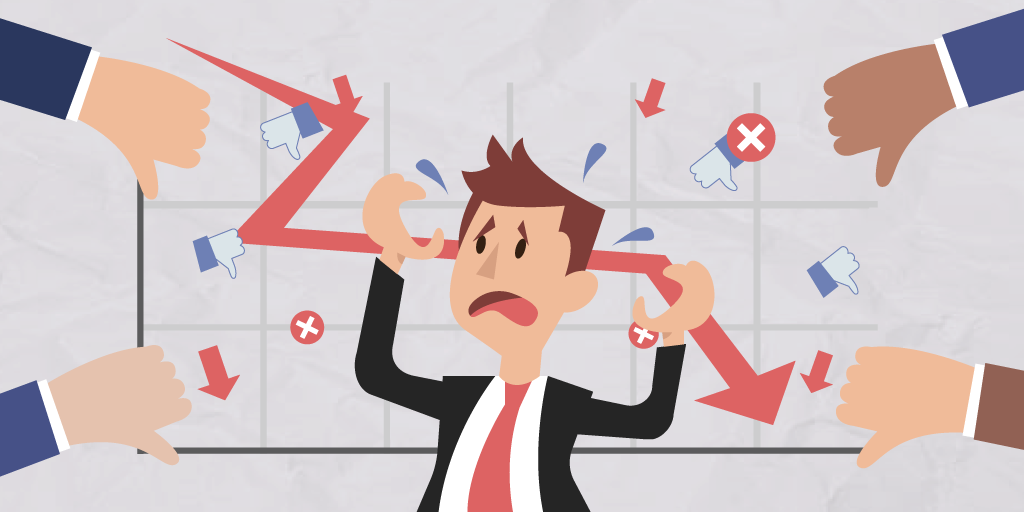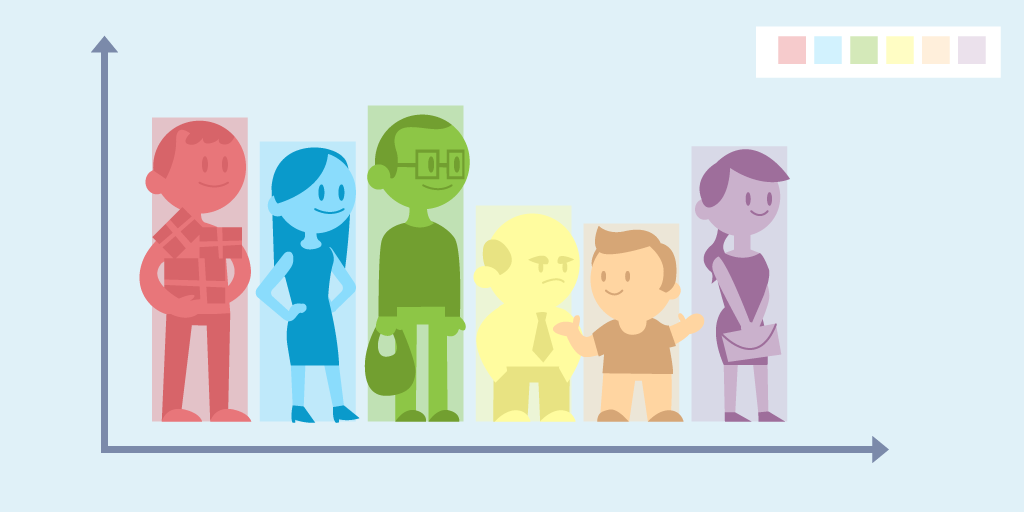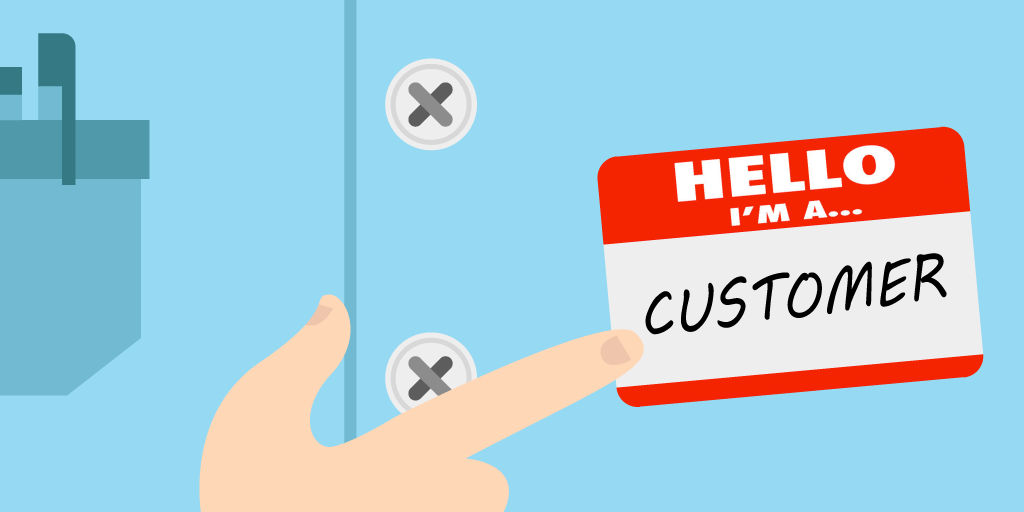You know you want a good customer experience strategy, but how do you go about developing one? Don’t worry if you’re lost. It’s natural to see your end goals clear as day, but be unsure of how to get there.
In this article, we’re going to lay out a few things to keep in mind; these are the principles that will help you discover the strategy that will meet your customer’s unique needs.
What Is Customer Experience?
For the sake of clarity, we have to make sure everybody’s on the same page, and our definitions are spelled out. Without being too circular let’s define “customer experience”.
Customer experience (noun) is a summary of the interactions between a business and its customers. This includes every step of the journey. From the first moment somebody hears about your business, to long after a customer pockets their receipt and opens their car door.
Back in 2011, Bloomberg Businessweek found that 80% of companies shifted their number one priority to customer experience strategy best practices. They saw the changing tide — and that trend hasn’t changed.
Let’s not get confused before we proceed. Customer service is not customer experience. Whereas customer service targets a set of direct interactions between employees and customers, customer experience is about the customer’s entire journey.
With the number of businesses competing in both the retail and digital spheres, customer experience often determines where someone chooses to shop. So start asking yourself, “What makes for a great customer experience?”
The Facts Are In: Customer Experience Matters
Customer experience matters. A study by Oracle found that 89% of customers have switched brands because of a bad customer experience.
If that’s not enough, Harvard Business Review reported that acquiring new customers can be up to 25 times more expensive than retaining existing customers. Ouch, that hurts.
What's the lesson here? Exceptional customer experience breeds exceptional customer loyalty.
Unfortunately, only 8% of companies truly deliver an exceptional customer experience, even while 80% of companies deluded themselves into believing they give customers what they want.
Just because you believe you’ve discovered customer experience strategy best practices doesn’t mean you have.
What’s the lesson? Open yourself up to the reality that your business can improve.
And even when things are going well, be on the lookout for new ways to improve efficiencies, to organize, and continually deliver a great customer experience.
1. Shift Your Company Culture

The first step in creating a customer experience strategy is to realign your company culture. The customer is your number one priority. By instilling this new vision, it will trickle down into every aspect of your business.
We need to point out that customer experience isn’t exclusive to customer service representatives. That’s the wrong way of handling customer experience.
Let’s imagine a customer experience strategy example to elucidate our point:
You own a B2B business, e.g. you sell and install elevators to high-rise apartments. Well, not only does your sales team need to understand how to meet customer’s needs, but so do the engineers, the web developers, the data analysts, etc.
Everybody in your company must internalize the customer has their number one priority.
Keeping the Customer on a Straight Path
Remember, customers don't look at your company as a series of internal divisions. To them, they just see Tom’s Archery, Becky’s Jewelry, PC Express, etc.
When a customer—say on support—has to speak with multiple points of contact they expect a similar, customer-centric approach.
Harvard Business Review writes:
“A successful brand shapes customers’ experiences by embedding the fundamental value proposition in offerings’ every feature.”
A customer-centric culture ought to permeate every aspect of your business. This is how solutions and strategies will develop, and make developing, honing, and establishing how to improve customer experience easier.
2. Understand Your Customers

Before you begin adopting new concrete policies, you need to understand your customers.
Have you asked yourself, “Who are my customers?” If you haven’t, say it out loud now. It’s one of the first questions that need to be answered before drawing up a strategy.
If you work at a bank, your customers aren’t coming in to window-shop. They arrive with a purpose: to make a deposit, to withdraw cash, to open an account.
Understand who your customers are, and what purpose your stores for them.
A bank doesn’t need to station an employee one the queue to assist people with writing their checks. But a high-end specialty store may want to make employees available on the floor to answer customer’s questions and assist them in any way they need.
After all, understanding your customers not only helps you develop a strategy but leads to higher revenue as well.
Listen to Your Customers
Remember, that saying, “The customer is always right.” Well, it’s not just an empty maxim. There’s truth in the saying, and business’ need to revisit it when drawing up their strategy.
Companies that succeed not only listen to their customers but seek out customer’s voices are the ones that succeed.
At least one study has found that 50% of a customer’s experience is based on emotions. Customers judge their shopping spree on their emotions just as often as they make a reasonable judgment.
Listening to customers fosters a relationship, one based on positive emotions: of understanding. Don’t be a business, be the neighborhood store that goes the extra kilometer (or mile, depending on where you are) for your customers.
3. Use Tech to Enhance Your Customer’s Experience

Social media is really part of a larger norm when developing your strategy: integrate technologies. Modern tech can help you understand your customers, meet their needs,
One of the most advantageous tools available is a queue management system (QMS) like Qminder.
Queue management systems not only eases the burden of waiting in queue, they also give businesses insight into who their customers are.
Some features and consequences of using Qminder:
Collecting footfall analytics to understand your customer’s journey.
Learning customer’s first names to create warm, personal customer service.
Enhancing queues to remove the anxiety of waiting in line.
The point of Qminder (and many QMS systems) is to make the customer experience personal and consequently enhance customer experience.
Improve Customer Experience by Embracing Social Media
Employees are no longer the first contact your business has with customers. Customers tend to interact with business first online, through review sites and social media.
As part of your strategy already, you ought to be entrenched in the digital environment, especially social media. That means:
Regularly interacting with your customers on Social Media Channels.
Responding to customers on Review sites.
Hosting surveys, inquiring after feedback, etc.
Your business’s PR image is just as important online as it is in person. And digital technologies make it easier than ever to communicate with customers: to hear what they have to say.
Millennial customers, in particular, are engrossed in social media—leading to the term “digital native.”
Recognize the changing demographics, and use technologies to keep on top of the latest trends.
Building a customer experience strategy can seem like a daunting task. But, so long as you remember the basic tenets of what makes a customer experience exceptional, the rest of the pieces will fall into line.
As mentioned, a queue management system like Qminder greatly enhances your ability to create an optimal customer experience strategy. The best part? You can Try Qminder for free for 14 days, no credit card required. Qminder gives you the tools you need to transform every step of you customer’s journey into an enjoyable experience.






